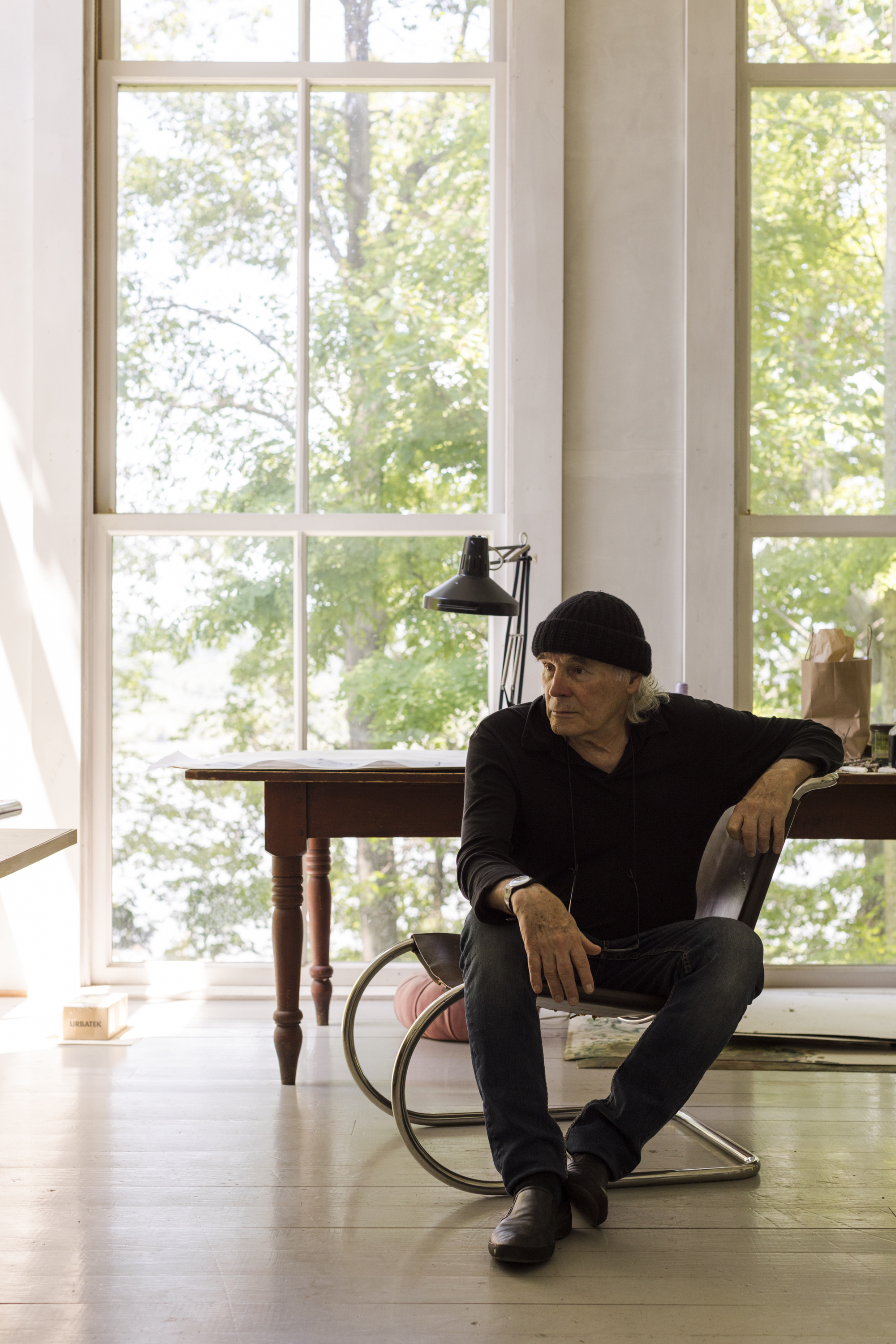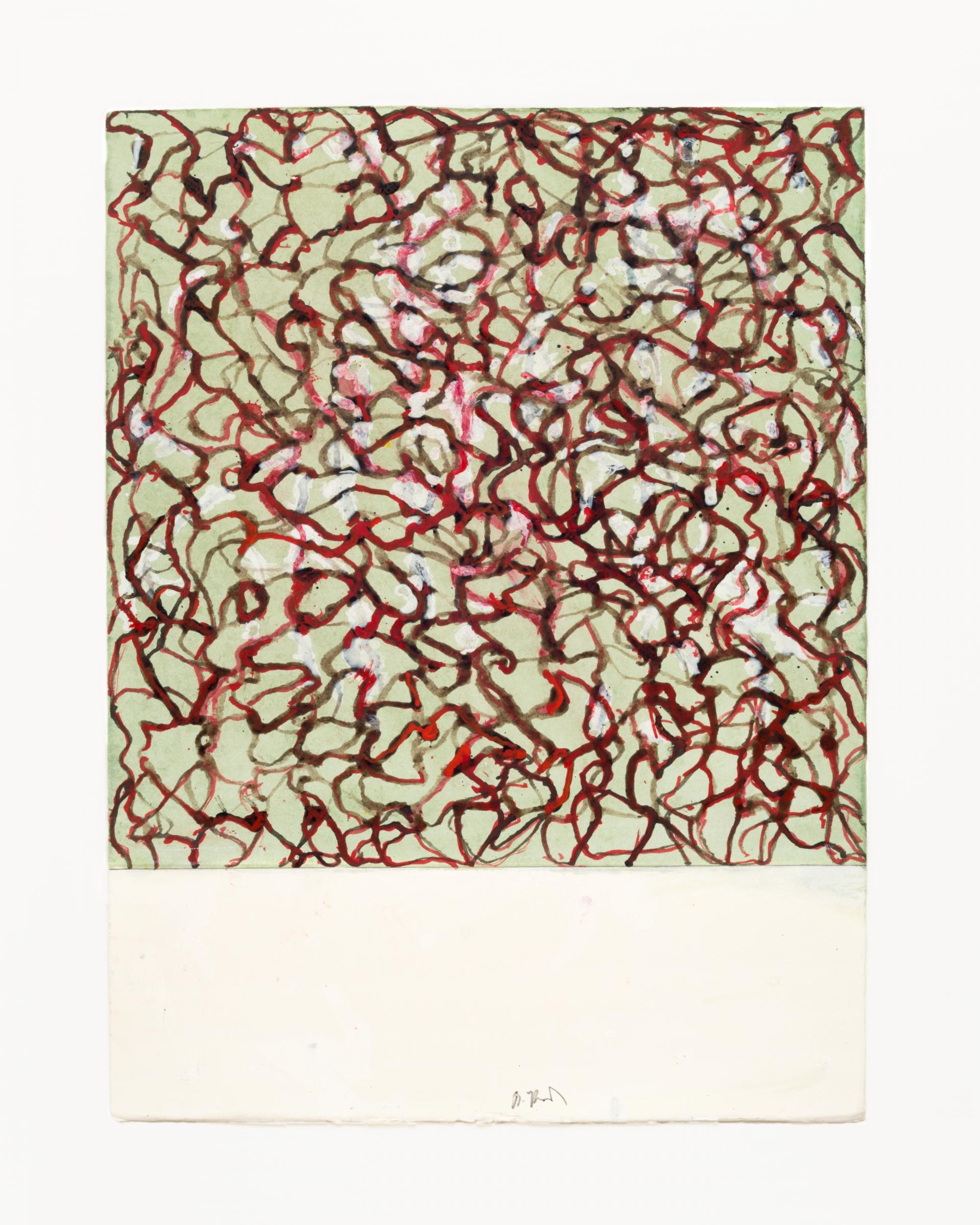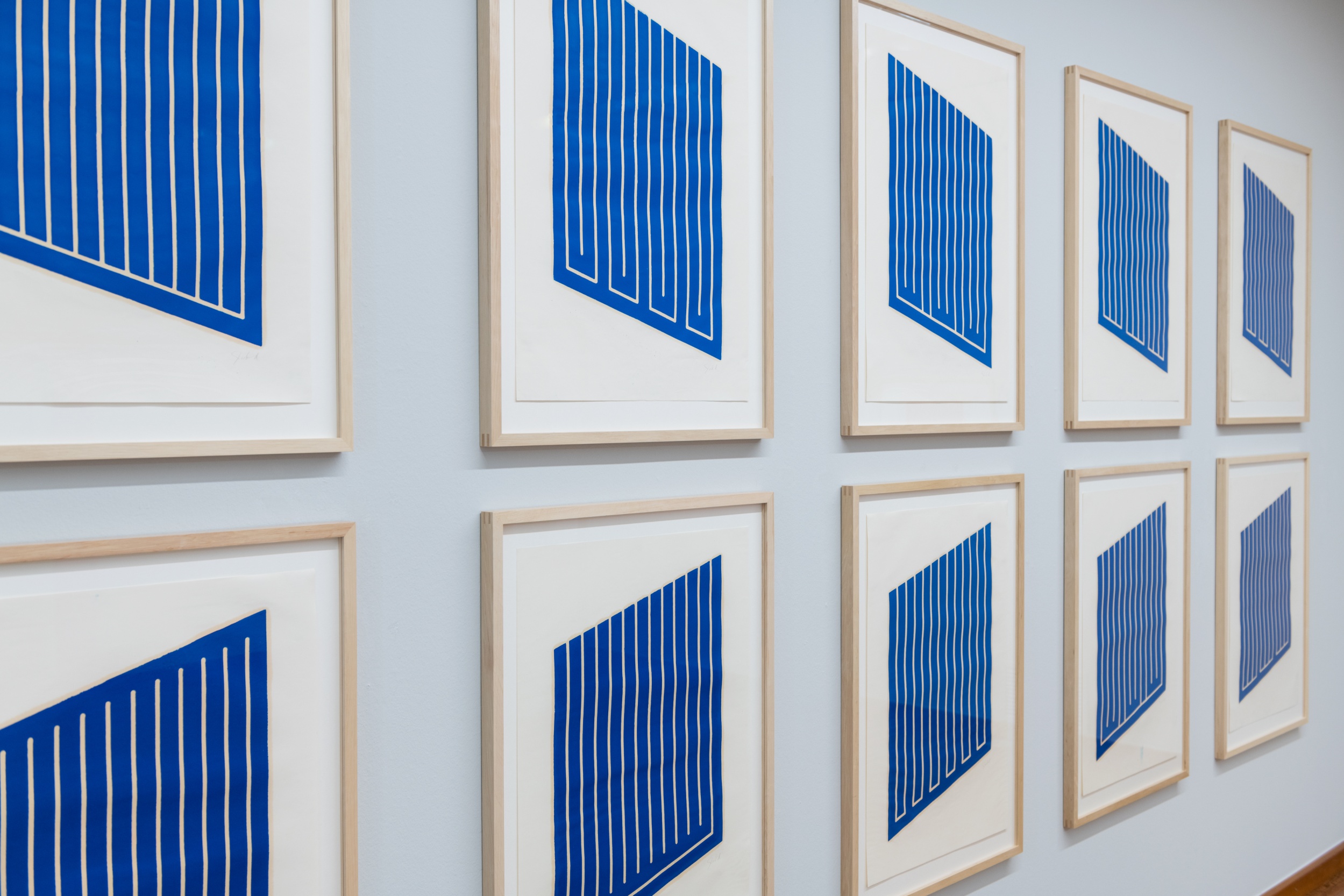Brice Marden
Inner Space
To retrace the evolution of Brice Marden’s art up to his most recent works, the exhibition Inner Space gathers 104 works on paper and eight paintings from the Kunstmuseum Basel’s holdings and Swiss and international lenders.
Brice Marden (b. Bronxville, NY, 1938) is one of the most celebrated painters of our time. The exhibition Inner Space at the Kunstmuseum Basel | Neubau features more than one hundred works by the American artist from between 1972 and 2019. The presentation includes works on paper and paintings from the artist’s own collection, some of which have never been on public display.
Marden emerged in the 1960s with monochrome paintings and drawings informed by strong emotions. His art melds two fundamental positions in the modernist painterly tradition: on one hand, a gestural quality characteristic of Abstract Expressionism; and on the other a reduction to the essential, which lends his work at least an outward resemblance to Minimalism. In Inner Space, the museum thus showcases a body of work that relates to the foci of American art after 1960 of the Öffentliche Kunstsammlung Basel, the public art collection of the City of Basel.

Photo: Eric Piasecki
The monochrome panels that Marden created into the 1970s evolved a few years later into complex engagements with surface and color in diptychs and large-format multipart pictures that may be read as landscapes and architectures. His painterly and graphic practices are guided by an interest in lines, gestures, and the limitation to simple means and materials (in the artist’s words: “there’s no electricity involved”).
He also indicated early on that his drawings—a medium that is often seen as ranking below painting in the hierarchy of media—warrant appreciation in their own right. In a 1979 statement, Marden asked beholders to think of his drawings “as spaces,” emphasizing his belief that drawing is a medium that not only exists in more than two dimensions but is capable of reflecting the spirit and experience of a particular place.
By presenting graphic series and paintings side by side, Inner Space illuminates Marden’s working methods. Its point of departure is a phase in his career whose origins lie in Basel: the artist made a close study of the city and its culture for seven years beginning in 1978, when he participated in a competition to design new windows for the apse of the Basel Cathedral. In the end his designs were unrealized. The exhibition includes selected studies for the project from the Kunstmuseum Basel’s collection as well as a number of related Window Paintings, a rare opportunity to see these works.
Despite the failure of the Basel project, these years proved a watershed for Marden, laying the foundation for his subsequent creative evolution: In the early 1980s, the exhibition Masters of Japanese Calligraphy at Asia Society in New York stimulated his interest in Asian calligraphy and poetry. In travels to Thailand, Sri Lanka, and India, and on the Greek island of Hydra, he produced drawings that echoed East Asian ideographs while incorporating observations of nature. These works mark the beginning of a new direction in Marden’s oeuvre.
In the mid-1980s, Marden began work on the Cold Mountain series, for which he took inspiration from the writings of the famous poet Han Shan, known as Cold Mountain, who worked in China during the Tang Dynasty period (618–907). Energized color grids and convoluted lines begin to dominate Marden’s canvases and drawings, conveying a sense of motion through allusive forms. In later years, the lineaments consolidate, and color returns. A striking example is the monumental painting The Muses (1991–1993) from the Swiss Daros Collection: the underlying calligraphic structure unfolds into an informal choreography of flowing lines in green, yellow, gray, and blue.
Brice Marden. Inner Space is an expanded version of Think of Them as Spaces: Brice Marden’s Drawings, curated by Kelly Montana and shown February 21 – June 14, 2020 at the Menil Collection in Houston.



